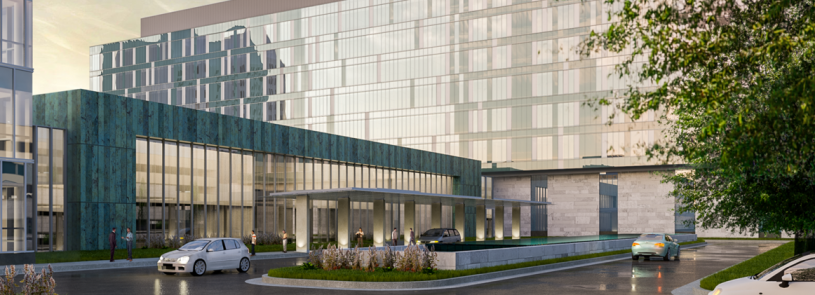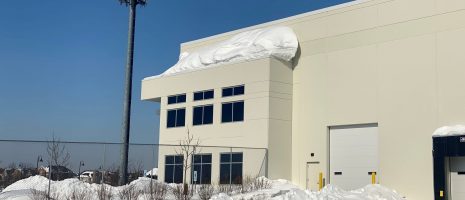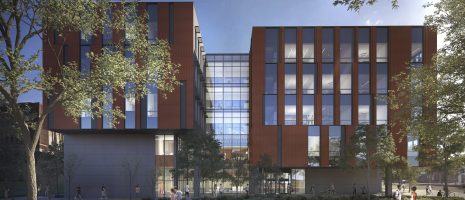Use virtual tools to increase user input, reduce risk, and improve project outcome

By Mike Lawless
How many times have you seen a room after construction and wished something had been designed differently? Had you been able to see the finished space before construction, you could have changed the design when it was possible to do so – with no delay or additional cost.
Today, we can “see” these spaces ahead of time, thanks to the ever-growing utilization of virtual reality (VR) in design and construction. VR provides several benefits not only for designers but also for clients, many of whom are not adept at deciphering two-dimensional plans. Using a VR headset immerses a participant in the new environment – and with a projector and nearly full-scale screen an entire group can simultaneously see what the headset-wearer is experiencing.
Other benefits of VR include:
- Magnified details. Viewing a space through the headset makes the logistics of functional items obvious – is there enough space to open a trash container? Do the curtain tracks work with the flow of the room? Where will nurse call lights be located?
- Limitless participation. A VR preview of a space can be created and made available for viewing on a smart phone simply by scanning a QR code. This allows more end users to be involved in the planning process.
- Clearer understanding. VR walkthroughs help users see the relationships between spaces, how they will move between them, and identify any problems with the design.
The current SSM Health/Saint Louis University Hospital Campus Renewal Project in St. Louis provides a great example of VR utilized in healthcare design. IMEG’s team used the technology to show stakeholders how the new replacement hospital would look once completed. The users were able to see exam and procedure rooms, hallways, and mechanical rooms. This allowed them to easily identify issues pre-construction, including an inefficient procedure room layout that was reversed for a better flow.
VR models can be an important component of a project’s lean process and help the design team achieve the best possible outcomes. With our Oculus Rift headset, our clients find themselves surrounded by a 3D model of their new space long before construction begins. Though VR walkthroughs won’t replace traditional mockups for the time being, each new utilization of the immersive technology provides a glimpse of exciting future uses and potential cost savings.













